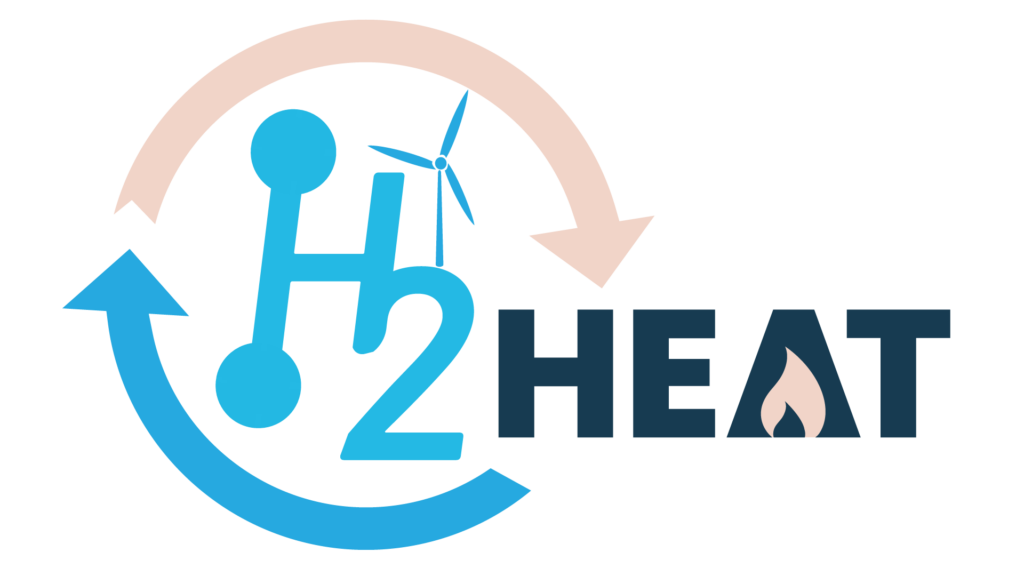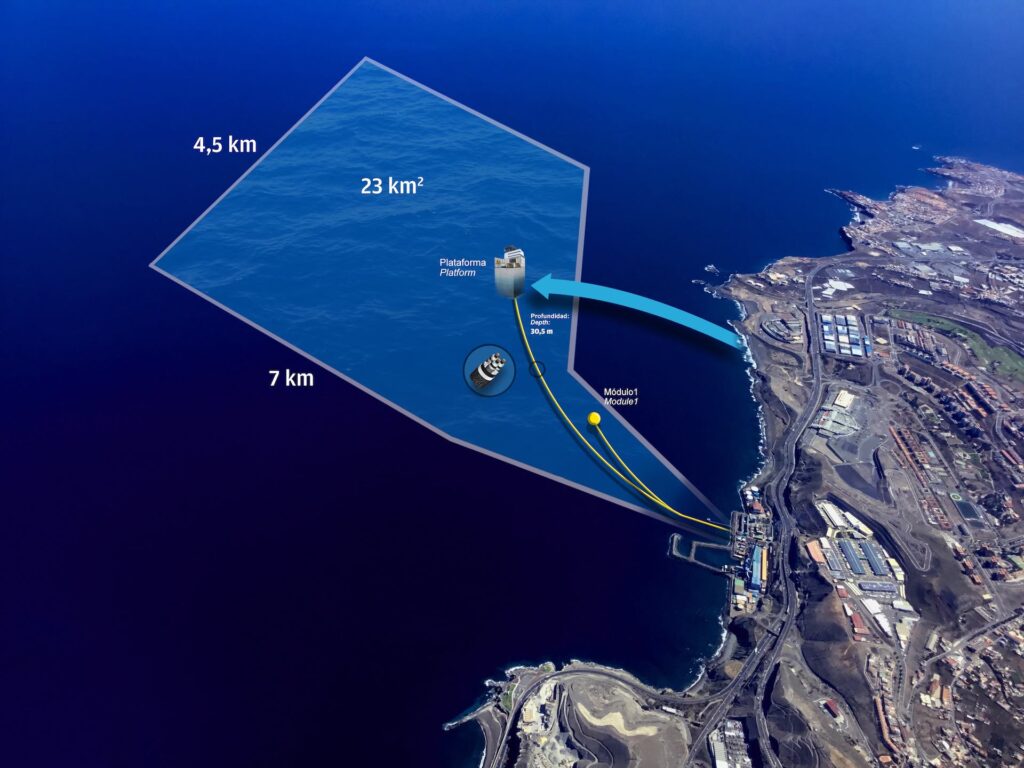The Oceanic Platform of the Canary Islands (PLOCAN) took centre stage at the prestigious Connecting Green Hydrogen Europe 2025 (CGHE2025) event, held this July in Madrid. As one of the most influential conferences dedicated to the hydrogen economy in Europe, CGHE2025 gathered industry leaders, policymakers, research institutions, and clean energy innovators to discuss the continent’s path toward a sustainable, decarbonised future.
Among the many high-profile participants, PLOCAN’s exhibition booth drew significant attention for its focus on H2Heat, a groundbreaking initiative aimed at demonstrating the potential of green hydrogen to power island and coastal communities. The project aligns closely with the EU’s Green Deal and REPowerEU objectives, promoting clean energy transition through localised hydrogen production and usage.
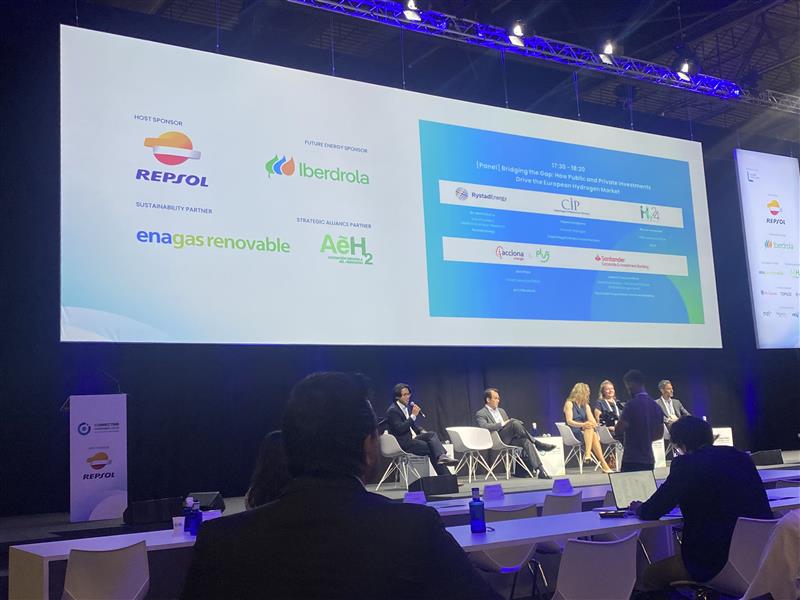
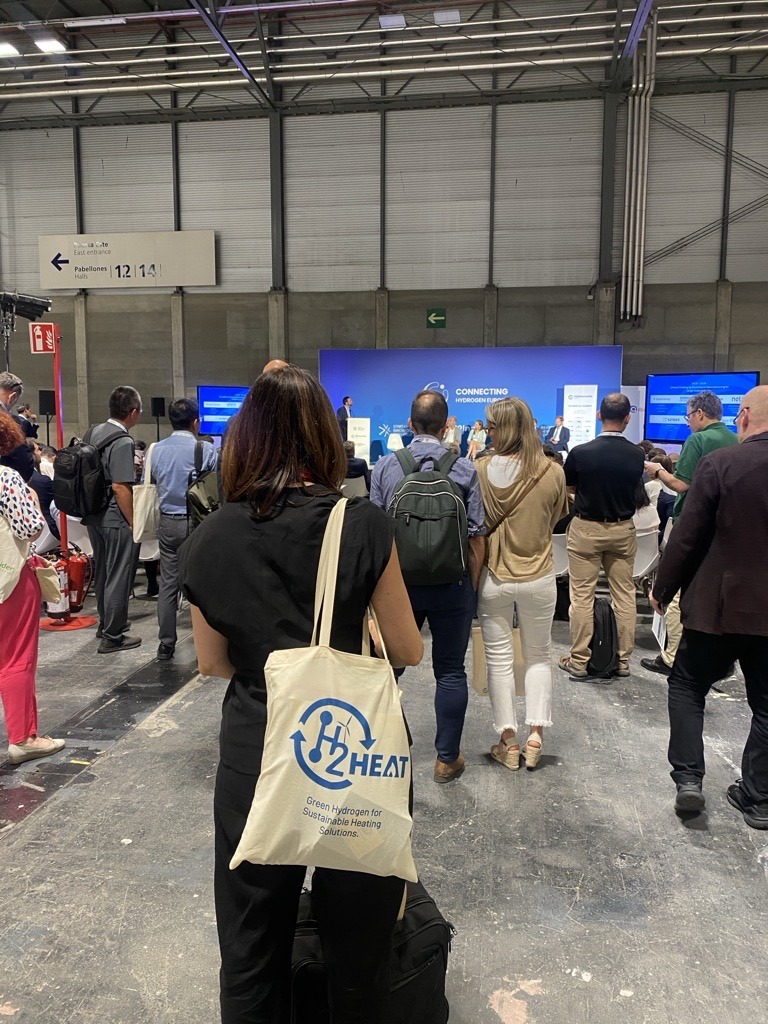
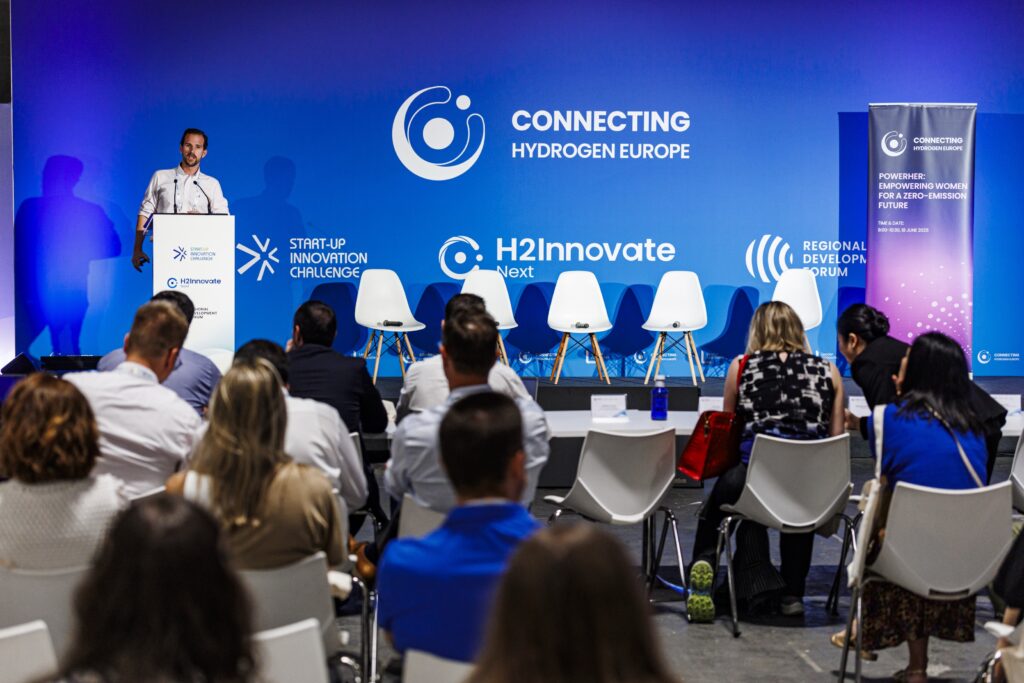

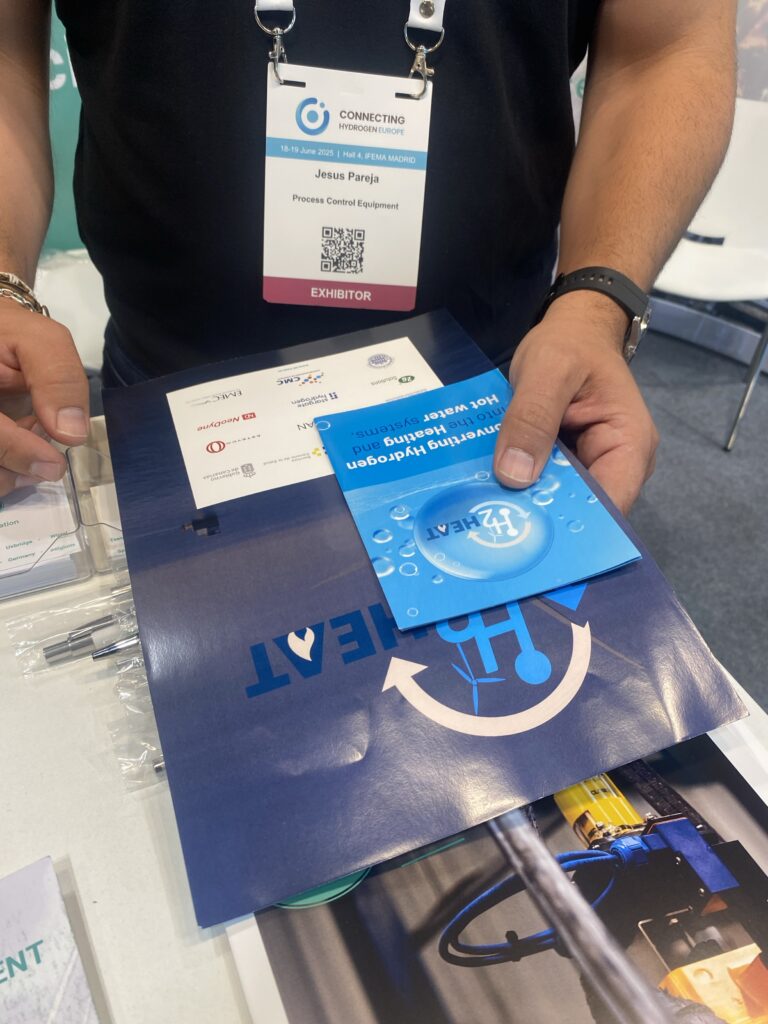
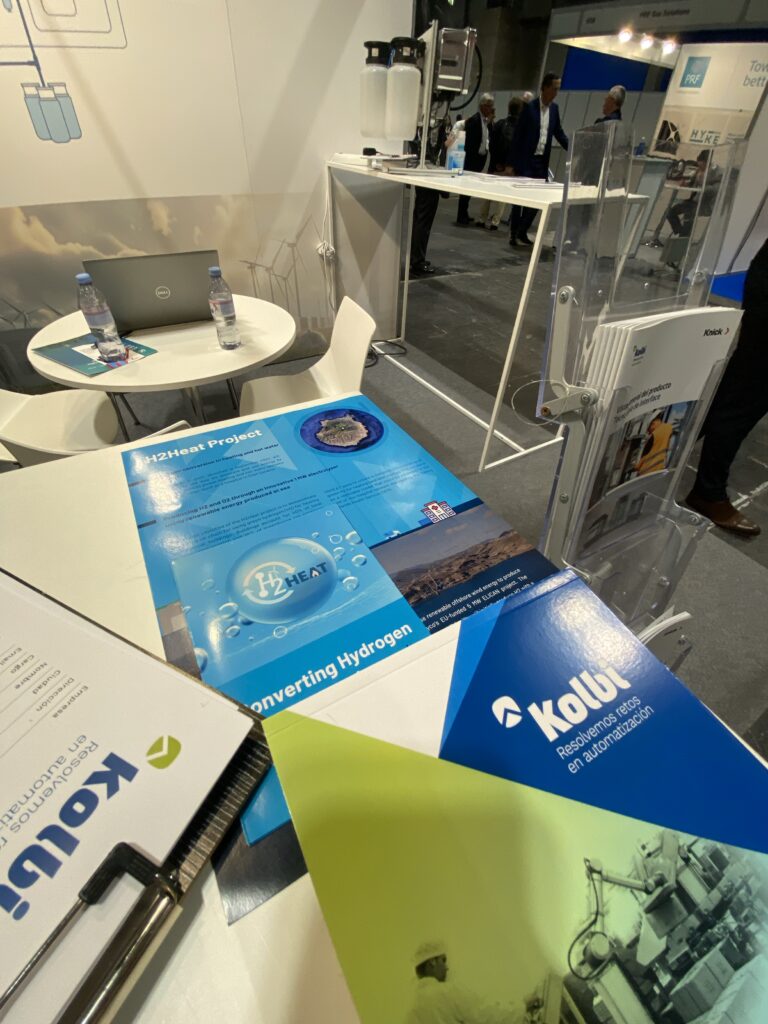
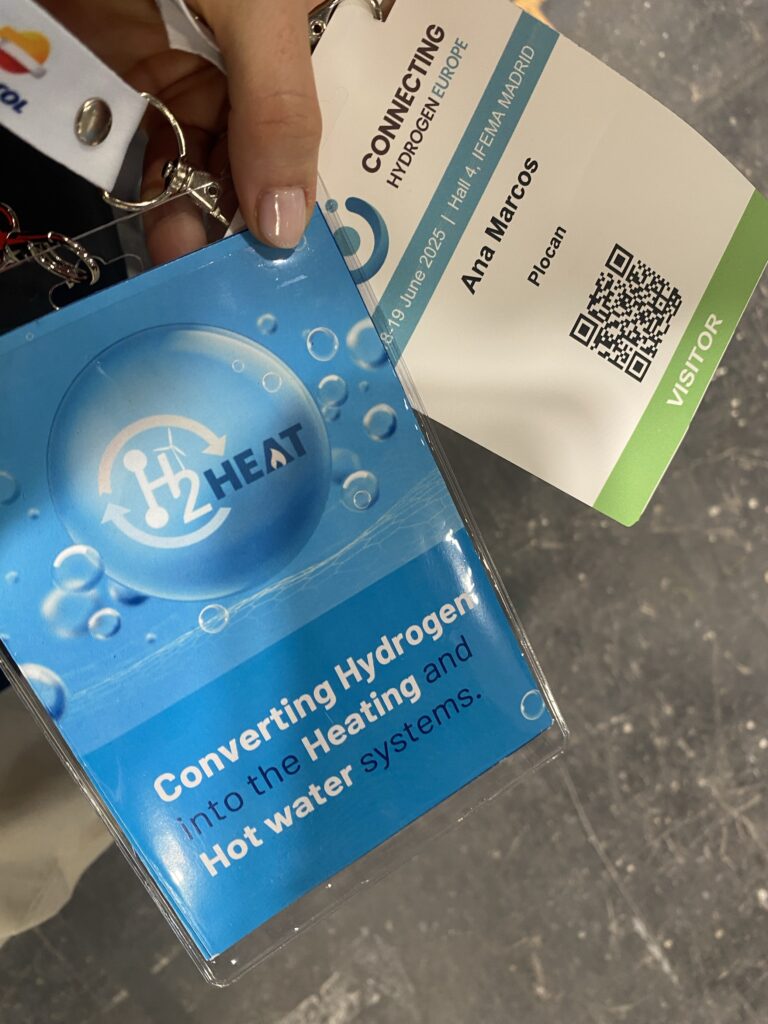
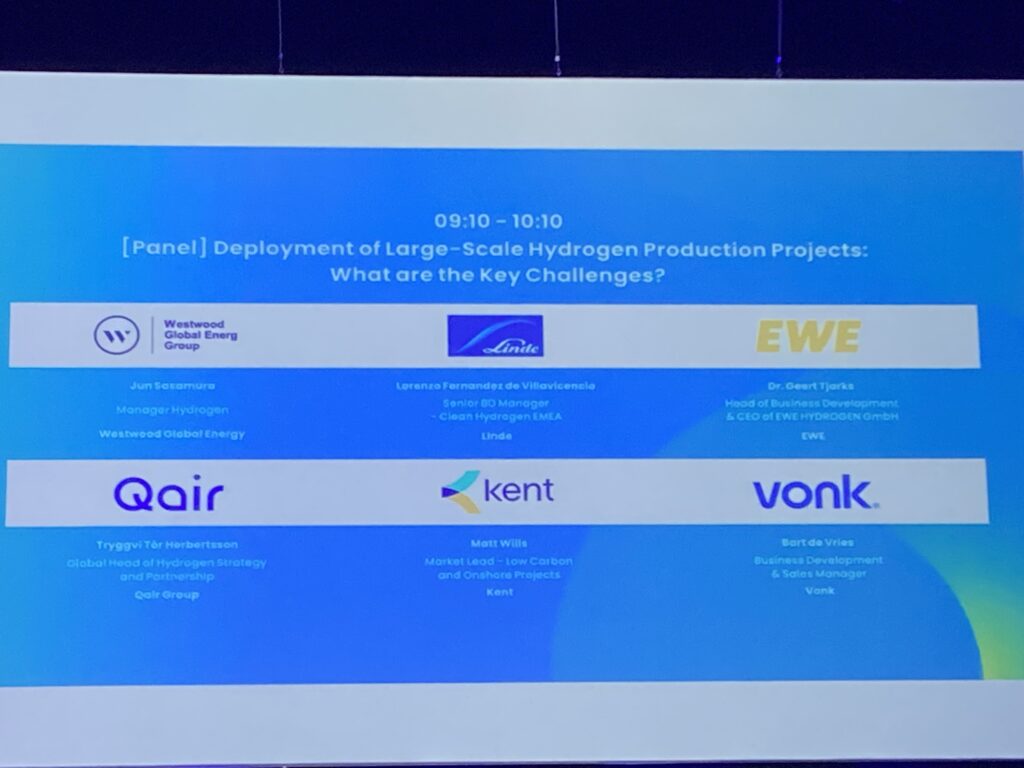
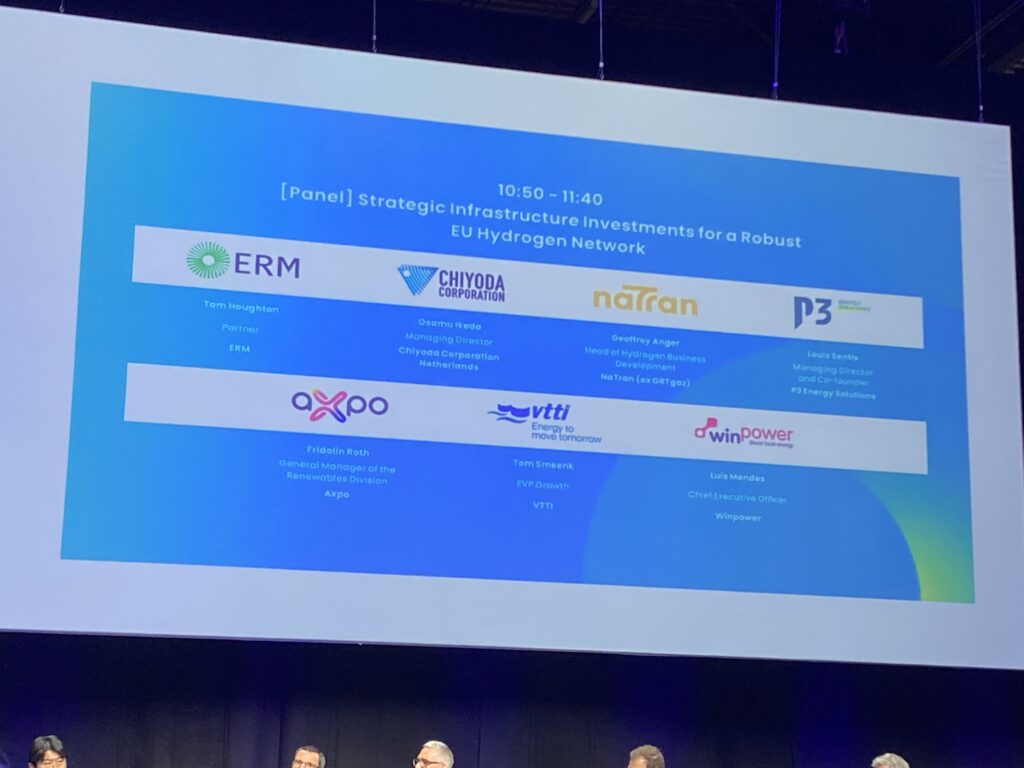
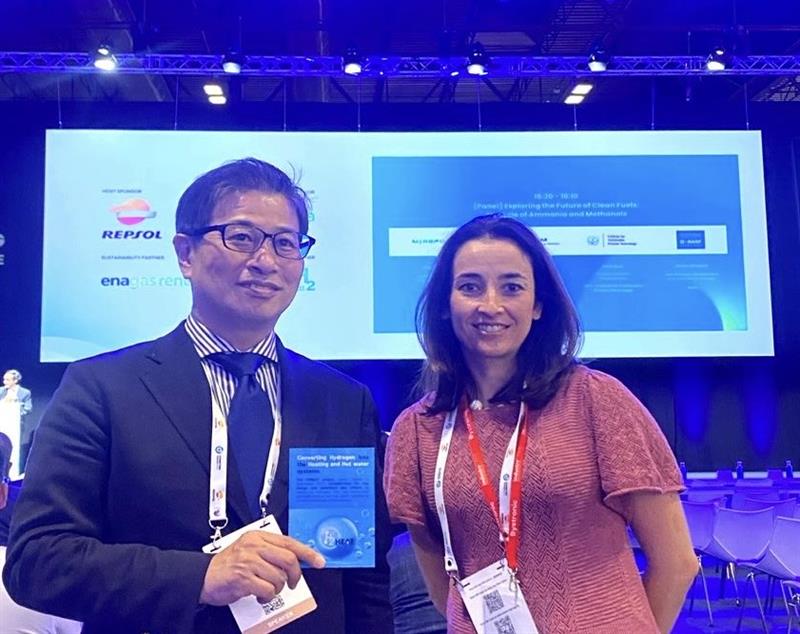
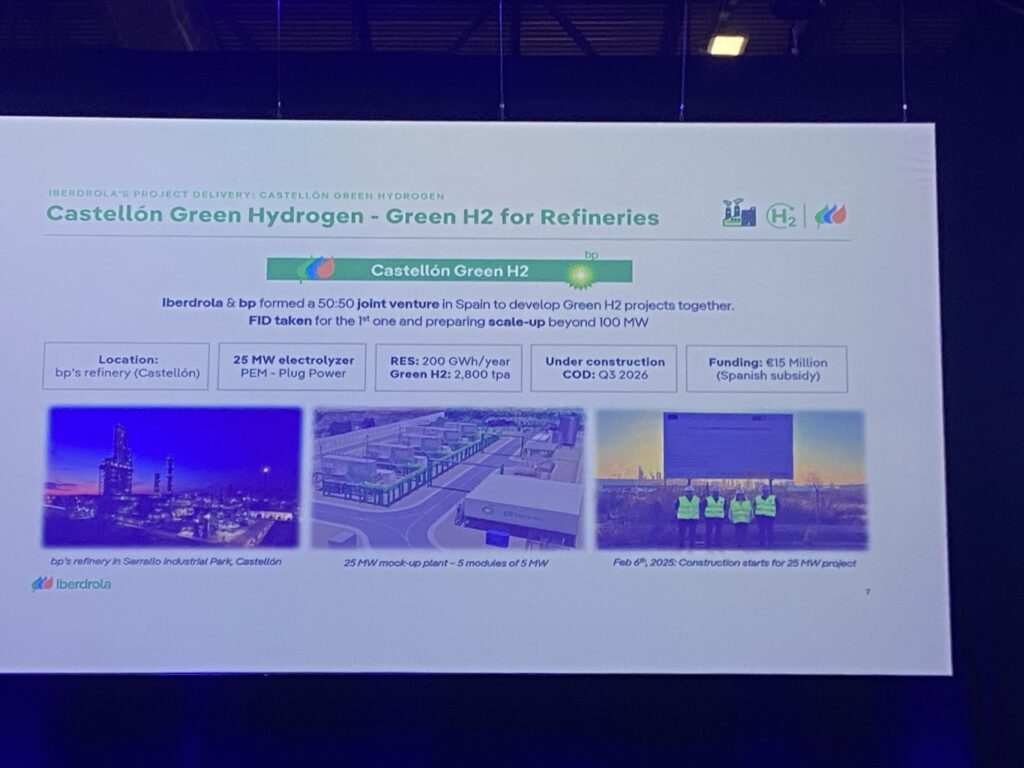
“If you ask a hydrogen producer (HP) or a transmission system operator (TSO) what they need to build infrastructure, they’ll say: first, security. Then stability. It has to work 24/7. It must be simple, flexible — and ready to operate.”
— Joaquim Daura, Green Hydrogen Pursuit Leader at Schneider Electric
Joaquim reminded us that the future of hydrogen isn’t just about pipelines or electrolysers. It’s about smart, resilient, and secure infrastructure, powered by digital tools, real-time data, and cross-domain integration.
H2Heat: A Model for Clean Energy on the Islands
At the event, PLOCAN introduced attendees to the core mission of H2Heat: to test and validate green hydrogen as a viable replacement for fossil fuels in hard-to-electrify areas such as islands, ports, and maritime zones. Through a combination of renewable energy sources, electrolyser technology, and storage solutions, H2Heat represents a replicable model for sustainable energy independence.
Visitors to the booth learned how H2Heat is being implemented in real-world conditions, using the Canary Islands as a testbed for hydrogen technologies. Experts from PLOCAN were available to explain how the project integrates offshore wind and solar energy with hydrogen production to create a stable, zero-emission power supply. Interactive displays, visuals, and in-depth conversations made it clear that H2Heat is not just a research project, it’s a blueprint for action.
Why CGHE2025 Was a Strategic Milestone
Participation at CGHE2025 marked a strategic milestone for both PLOCAN and the H2Heat consortium. The event served as a unique opportunity to:
- Engage with industry leaders and policymakers on future hydrogen deployment strategies.
- Showcase technological innovation rooted in marine and coastal applications.
- Establish synergies with other EU-funded projects working on hydrogen and energy systems integration.
- Raise awareness of the challenges and opportunities of transitioning remote areas to green hydrogen-based energy systems.
CGHE2025 also served as an ideal platform to highlight the project’s alignment with broader EU goals such as energy security, grid decentralisation, and decarbonisation of the maritime sector.
“Without demand certainty, there is no hydrogen market. And without clear decarbonization mandates, there is no certainty.”
The challenge is clear: while many projects secure offtake via ETS penalties or sectoral mandates, others — like Strēga (ex-H2 Green Steel), succeed by pushing downstream, securing off-takers like automakers further along the value chain.
Industry Leaders Chart the Future of Hydrogen in Madrid
The Connecting Hydrogen Europe 2025 event in Madrid brought together some of the brightest minds and organisations working to scale up the hydrogen economy, focusing on real-world solutions to unlock the full potential of green hydrogen.
Accelerating Electrolysis for Industrial Applications
A highlight was the panel on scaling up electrolysis manufacturing, moderated by Ángel Casal (Vysus Group). Industry experts—including José Miguel Macho (Siemens Energy), Odd-Arne Lorentsen (HydrogenPro), Imanol Arrizabalaga Prado (Nel Hydrogen), Nora Castañeda (Sener), Raúl Rodríguez (Wood), and Olga Kotkowska Sorrentino (Endress+Hauser Spain)—shared perspectives on:
- Safety challenges in hydrogen plants.
- The importance of early human factor studies.
- Gaps in existing standards.
- Ensuring long-term reliability.
- Lessons learned from major hydrogen projects in the US and Germany.
At H2Heat, our project team recognises that safety, harmonisation of standards, and operational insights are vital to a sustainable hydrogen future. We are committed to further industry collaboration to tackle these challenges.
Building Europe’s Hydrogen Hubs and Corridors
During the panel “Hydrogen Hubs and Corridors: Connecting Production and Consumption Centers in the EU”, leaders outlined how local hubs and cross-border corridors are being created. Joaquín Rodríguez Jadraque (MOEVE) introduced the Onuba Project, a green hydrogen hub in Huelva, Spain, designed to serve aviation, shipping, and heavy transport. This project features:
- A realistic, scalable roadmap.
- A strong integration with a reliable power grid.
- Special focus on digital tools for rapid investment decisions.
- Application of market–regulation–technology synergies.
Panelists also included Giacomo Matarazzo (Teréga), Joaquim Daura (Schneider Electric), Luis Ignacio Parada (Enagás), and Jason Mortimer (Electric Hydrogen). The core message: hubs must come first, then corridors can follow.
Operator-Centric, Secure, and Digital Infrastructure
Echoing industry consensus, Joaquim Daura (Schneider Electric) reminded participants that a secure, stable, and flexible hydrogen infrastructure is non-negotiable. Modern facilities demand:
- Operator-focused designs prioritising safety and flexibility.
- Multi-dimensional risk management—including cybersecurity.
- Real-time operational data and early simulation for “smarter” infrastructure.
- Integrated digital tools across the system.
The future hydrogen network will not just be a pipeline, it will be a securely digitised, flexible, and resilient system.
Creating Market Certainty and Accelerating Investments
Nicole Vermeulen (Hy24) emphasised the role of regulatory clarity in boosting demand: “Without demand certainty, there is no hydrogen market. And without clear decarbonisation mandates, there is no certainty.” Financing and moving projects forward depend on:
- Effective regulatory drivers (e.g., ETS, sector mandates).
- Strategic match-making between producers and industrial users.
- Business models that enable hubs to scale and attract finance.
H2Heat’s Market & Business Analysis work is investigating which models best unlock demand and investment while lowering risk for all stakeholders.
Overcoming the Infrastructure Investment Barrier
On financing, Nico van der Merwe (Statkraft) and Ubaldo García-Palomares (EIB) reminded attendees that risk must be shared, and timelines must be government-backed—to avoid bottlenecks. Alan Ripa (Acciona) suggested prioritising local value chains before export. New funding approaches, such as waivers or guaranteed usage, are emerging to de-risk backbone network build-out.
Large-Scale Production and New Storage Technologies
Lorenzo Fernández de Villavicencio (Linde) noted that “initial critical mass” will come from co-locating hydrogen production near heavy industry. New storage options were also highlighted, such as AMPO’s DASH Power solid-state hydrogen storage, a safe, modular system supporting grid resilience and on-site industrial use.
The Strategic Role of Hydrogen Valleys
Hydrogen Valleys, like the Greek initiative described by Konstantinos I. Chatzifotis (Motor Oil Group), are now delivering tangible results: from funding seven separate EU and national streams to launching Greece’s first hydrogen bus refuelling station. Valleys connect industry, academia, and local government, serving as blueprints for regional ecosystems and possible models for the Canary Islands under H2Heat’s WP5 research.
Smart Hydrogen Logistics and Clean Fuels of Tomorrow
Panels explored hydrogen carriers, liquefied hydrogen, LOHC, ammonia, demonstrating that a technology mix tailored to each use case is best. This thinking extends to the future fuels panel, where ammonia and methanol were noted as not just energy carriers but also as feedstocks for decarbonised industry.
Spotlight on Spanish Pioneers: CATILLA Green Hydrogen and Basque Energy Innovation
The CASTELLÓN Green Hydrogen project, led by Roberto García Pérez (Iberdrola), offers key lessons in agile, collaborative project delivery. Meanwhile, the Basque Energy Cluster continues to lead the value chain transition, supporting local companies to diversify and internationalise.
Major Infrastructure Milestone: Project Catalina
At the event, the Enagás team showcased the Catalina Project, featuring a 500 MW electrolyser, a 1.1 GW renewable energy ecosystem, and a 221 km pipeline to connect Spain’s hydrogen heartland to ammonia manufacturing. With an estimated 3 million tonnes of CO₂ avoided in a decade and major economic benefits including 5,000+ jobs, Catalina is a flagship for Spain’s energy transition.
Team Highlights
The H2Heat project’s presence was felt not just in technical sessions but on the exhibition floor, with our project manager Ana Marcos de los Rios accompanied at the Enagás booth by Diego Schaefer Dalmau, Hydrogen Project Engineer, actively engaging partners and stakeholders.
Policy Explainer: Why These Conversations Matter
For policymakers and the public:
- Hydrogen is not just about energy, it’s about jobs, economic growth, clean industry, and resilience.
- Investment, regulation, and collaboration are the levers to make hydrogen a competitive part of Europe’s future.
- Projects like Onuba, Catalina, and Catalan and Basque initiatives show that strategic planning, digital innovation, and market-driven approaches work.
Collaboration Workflow & Role-Based Access
- Project Manager: Oversees timeline, resources, and strategic priorities.
- Technical Team: Ensures project safety and operational excellence.
- Market/Policy Analyst: Leads business model development and engagement with regulatory bodies.
- Digital & Cybersecurity Expert: Implements and tracks digital solutions and risk safeguards.
- Communications Officer: Translates technical outcomes for policymakers and the public.
- Stakeholder Lead: Builds external partnerships.
- All Staff: Progress tracked automatically against agreed KPIs.


